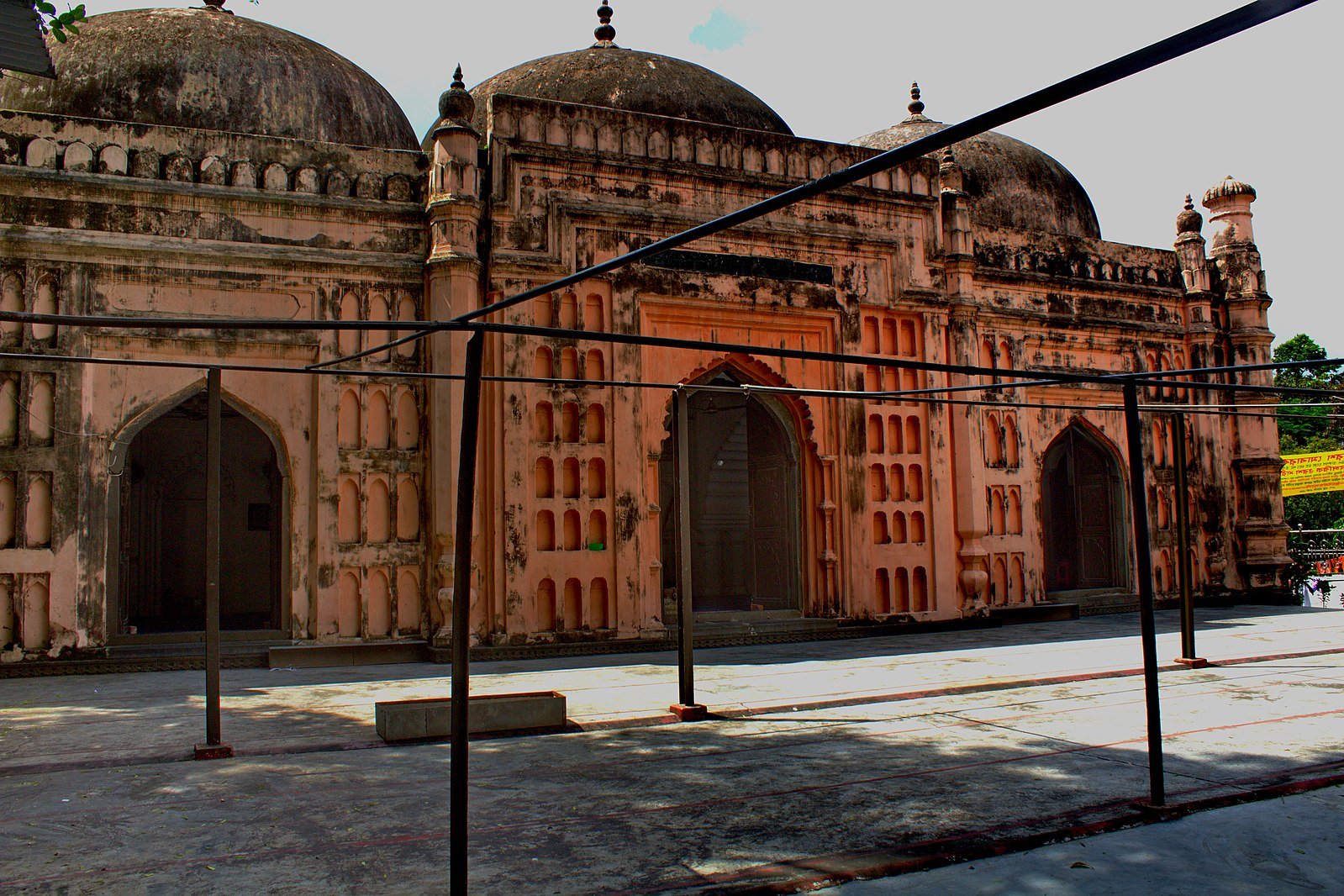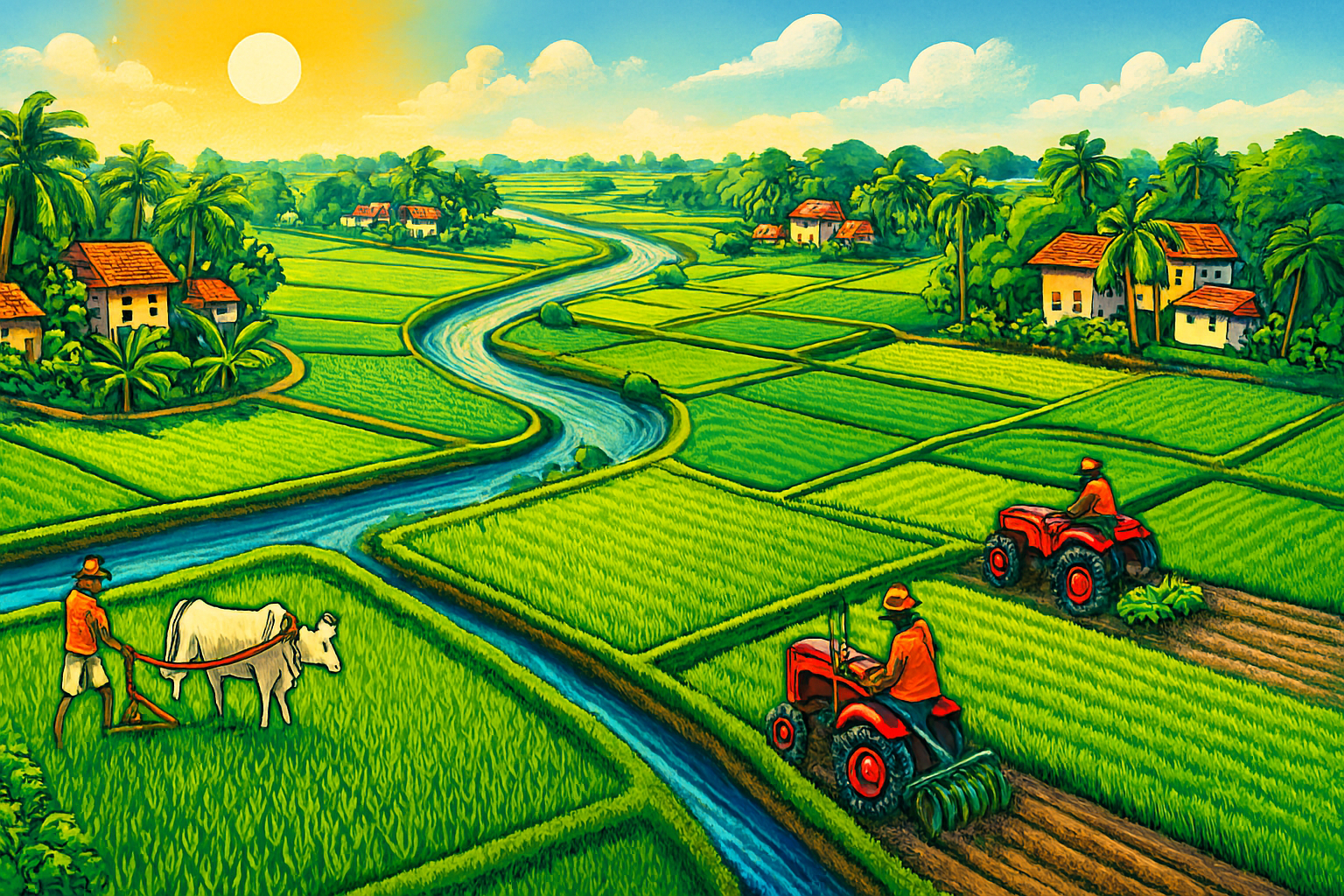Masterful Nakshi Katha Artistry: Boosting Heritage and Empowerment
The Living Legacy of Nakshi Katha
The craft of Nakshi Katha has deep roots in Bangladesh. Stitched by rural women across generations, it began as a practical quilt and evolved into a stunning folk-art form. The word “Nakshi” comes from the Bengali “naksha,” meaning a design or pattern, and “Katha” refers to the stitch or quilt. (Textile Learner) The result is a tapestry of everyday life, memory and culture.
Today Nakshi Katha continues to serve multiple purposes. It wraps babies, decorates homes, supports livelihoods and finds a place in international markets. It connects the past and present in one colorful textile.
Origins and Early Craftsmanship
For centuries women in regions like Mymensingh, Rajshahi and Jessore created Nakshi Katha from used saris, dhotis and cloth scraps. The practice grew out of necessity-making something warm, useful and beautiful from what was at hand. Over time the running-stitch technique known as the “kantha stitch” carried not just warmth but stories. (Wikipedia) As embroidery and design grew more intricate, Nakshi Katha shifted into a revered folk art.
Distinctive Motifs, Techniques and Regional Styles
What makes Nakshi Katha unique is the layering of old cloth-sometimes two or more layers—and the vibrant embroidery on top. (IJAEM) The motifs often include birds, flowers, rivers, folk stories and mythological figures. For example, in the Khulna region artisans use large floral and foliate borders, mythological symbols and contrasting threads. (ResearchGate) That regional variation keeps the craft dynamic and expressive.
Techniques matter too. The basic running stitch remains a constant, but colour selection, layering, size of motifs and fabric types exhibit wide variety. These details build the value and identity of a piece. (IJAEM)
Economic Impact and Women’s Empowerment
Nakshi Katha has more than cultural meaning. It holds economic significance. According to a 2024 survey by the Bangladesh Bureau of Statistics (BBS), Bangladesh had 73,542 handicraft establishments, of which about 9 % belonged to Nakshi Katha crafts.The sector employed 148,656 people, with 55.8 % being women. (bfti.org.bd) These figures show that Nakshi Katha supports livelihoods and gender-balanced participation in craft entrepreneurship.
Rural women artisans often face limited access to formal markets, storage, transport and fair pricing. A case study highlighted that despite demand for Nakshi Katha, many women lacked permanent selling spaces and adequate support. (UNCDF) When these barriers come down the craft gains in value, visibility and impact.
Global Reach and Contemporary Relevance
While Nakshi Katha began in the villages of Bengal, it is now gaining international exposure. A 2025 feature by ARAMCO World accented the rediscovery of Nakshi Katha not just as quilt art but as heritage textile gaining global attention. (aramcoworld.com) At the same time, logistics providers and export-business advisories highlight Nakshi Katha as a sustainable, culturally rich product ideal for global ethical fashion and home decor markets. (DHL)
Consumers worldwide are seeking handmade, meaningful, eco friendly textiles. Nakshi Katha ticks those boxes: repurposed fabric, handcrafted, local story. Export processes are still challenging but the potential is clear.
Challenges Facing the Craft Today
Despite its promise the craft faces real obstacles. The Covid-19 pandemic disrupted production and demand. In the Khulna region more than half of the women working in Nakshi Katha were unable to secure contracts or pay back loans. (Khulna University) Market access remains limited, prices are often low and many artisans lack social security or brand linkages. For example a 2022 report stated artisans lacked secure buyers and sales venues. (UNCDF)
Another challenge lies in balancing tradition and commercialization. As demand grows some pieces are produced faster or in less authentic ways, risking the craft’s integrity. As one analyst put it: “It started becoming workers rather than artisans.” (Academia)
Opportunities: Innovation, Design and Market Growth
There are strong opportunities for Nakshi Katha to expand and thrive. One route is design innovation while preserving authenticity. Contemporary home décor and fashion brands are integrating Nakshi motifs into wall hangings, cushion covers and wearable art. (IJAEM) Building brand stories around artisans, motifs and regional identity attracts niche global consumers.
Another route is infrastructure support and cooperative building. The craft can benefit when artisans are organized, trained in business, linked to digital platforms and trusted export channels. Government policy identifies the handicraft sector, including Nakshi Katha, as a “special development sector.” (bfti.org.bd)
Finally the sustainability angle is powerful. Repurposing old cloth for new beautiful textiles aligns with circular economy values. Storytelling around those roots adds value to each piece.
What Buyers Should Know
If you are looking to buy an authentic Nakshi Katha here are things to consider. First check the fabric quality: handmade embroidery, visible running stitch, layered cloth. Second ask about the artisan: who made it, where, how much time. Third understand size, motif, colour variation—many pieces are one-of-a-kind. Fourth if buying for export check packaging and origin certification. An article on global export explained the importance of “handmade” narrative, artisan details and packaging. (DHL)
Buying directly from artisan co-ops, established heritage brands or trusted craft stores ensures value goes back to the maker. This matters for empowerment and preservation.
Preserving Heritage While Adapting to Change
Nakshi Katha is living heritage. To preserve it we must respect the craft’s story and give artisans space to innovate. Schools, museums and craft festivals can highlight it. At the same time new designs, younger audiences and digital marketing can revitalise the craft.
For example the motif language can evolve while maintaining traditional stitch work. Buyers can choose pieces for everyday use and not only as heirlooms. As global demand increases the craft must retain quality control, fair wages and authenticity.
Final Thoughts on the Cultural Impact
Nakshi Katha is more than a textile. It is a voice of rural women, a chapter of Bengali history, a symbol of resilience, artistry and reinvention. When you wrap yourself or someone you love in a Nakshi Katha, you embrace those stories.
In a world of mass-production, this slow-stitched quilt reminds us of care, memory and craft. When supported properly the art offers empowerment, income, heritage tourism, export value and cultural identity.
By choosing Nakshi Katha consciously you support sustainable heritage, women’s entrepreneurship and rich pattern traditions that deserve global notice. Let us value, promote and preserve this magnificent textile treasure for today and the future.







